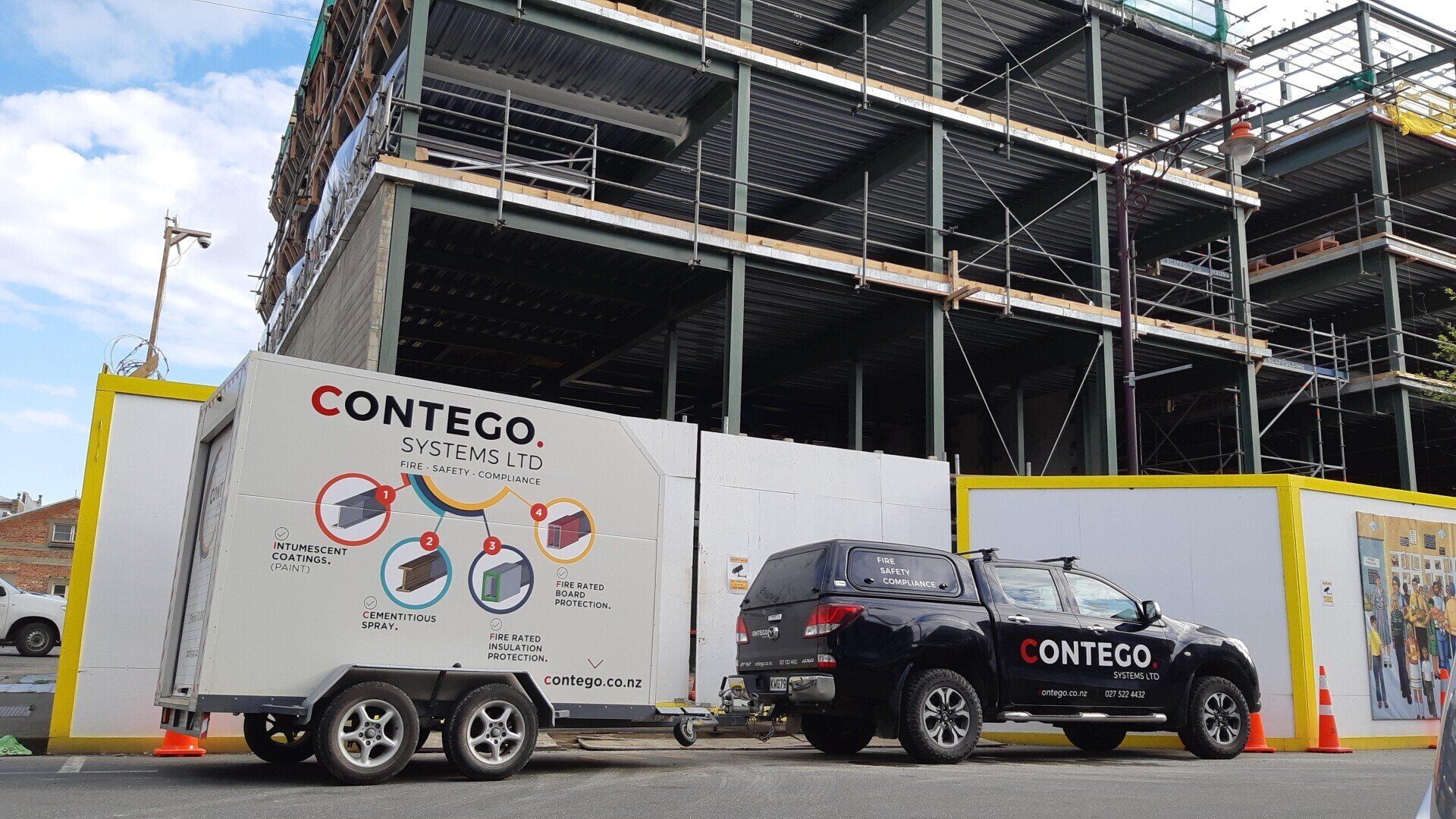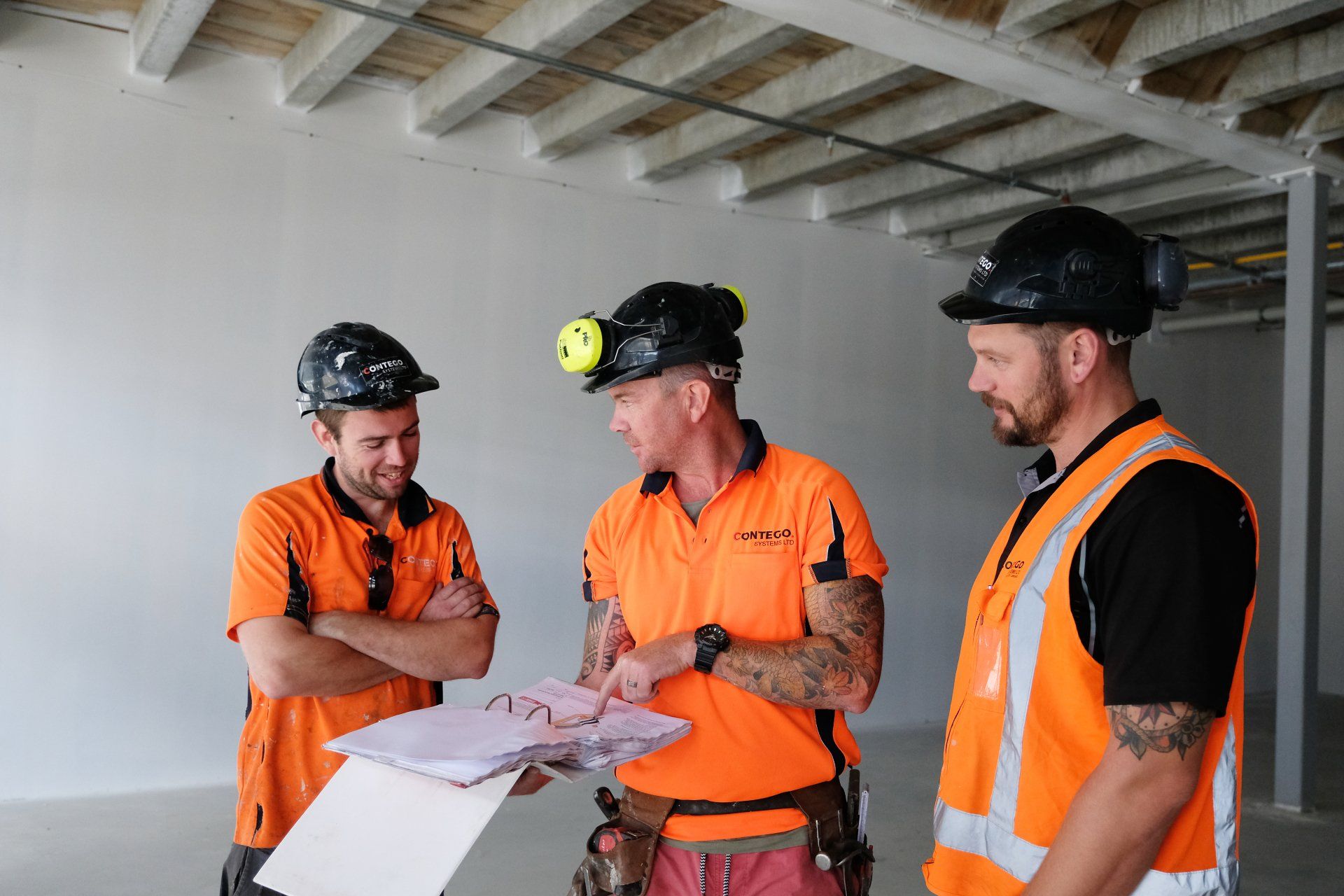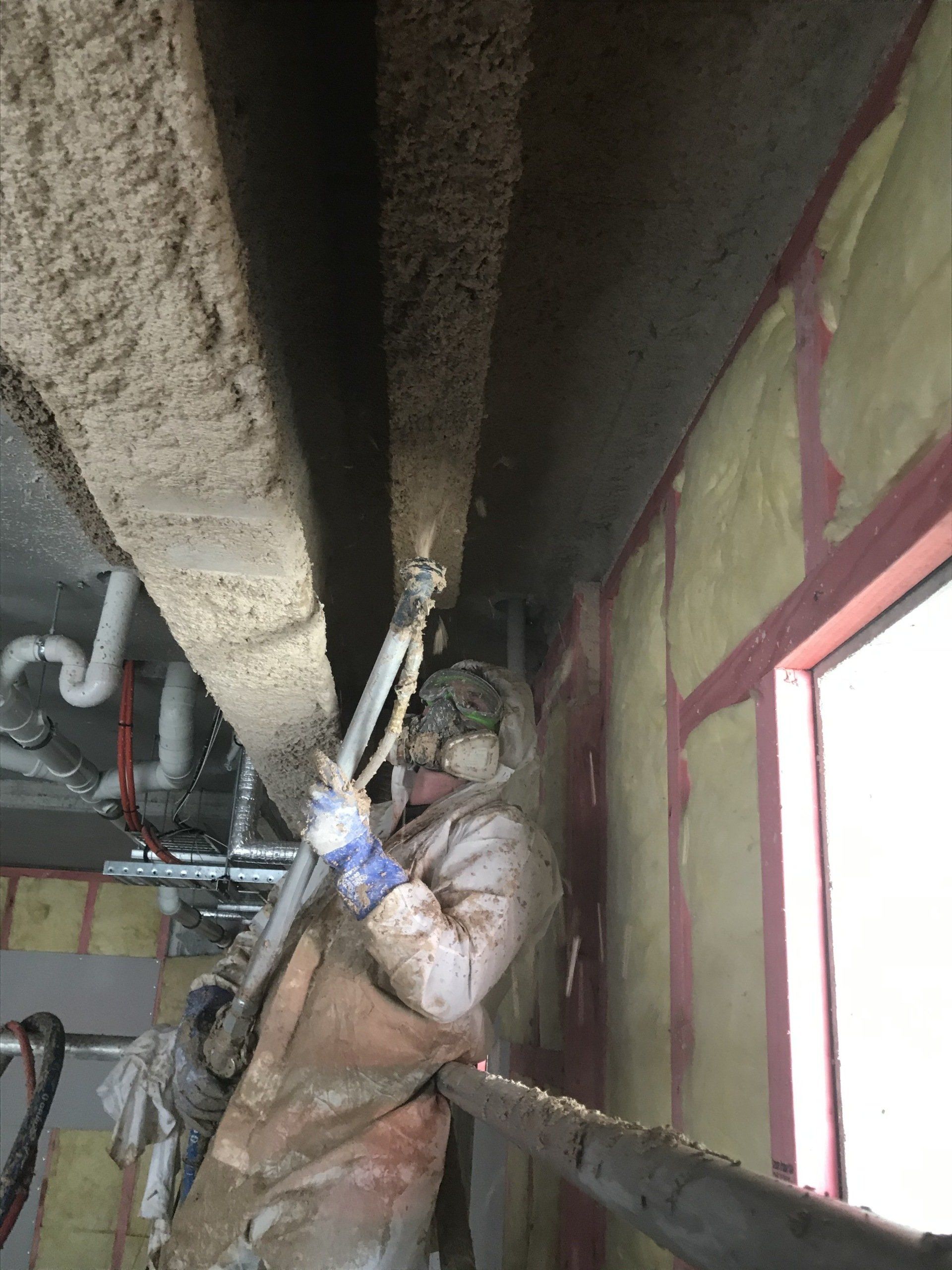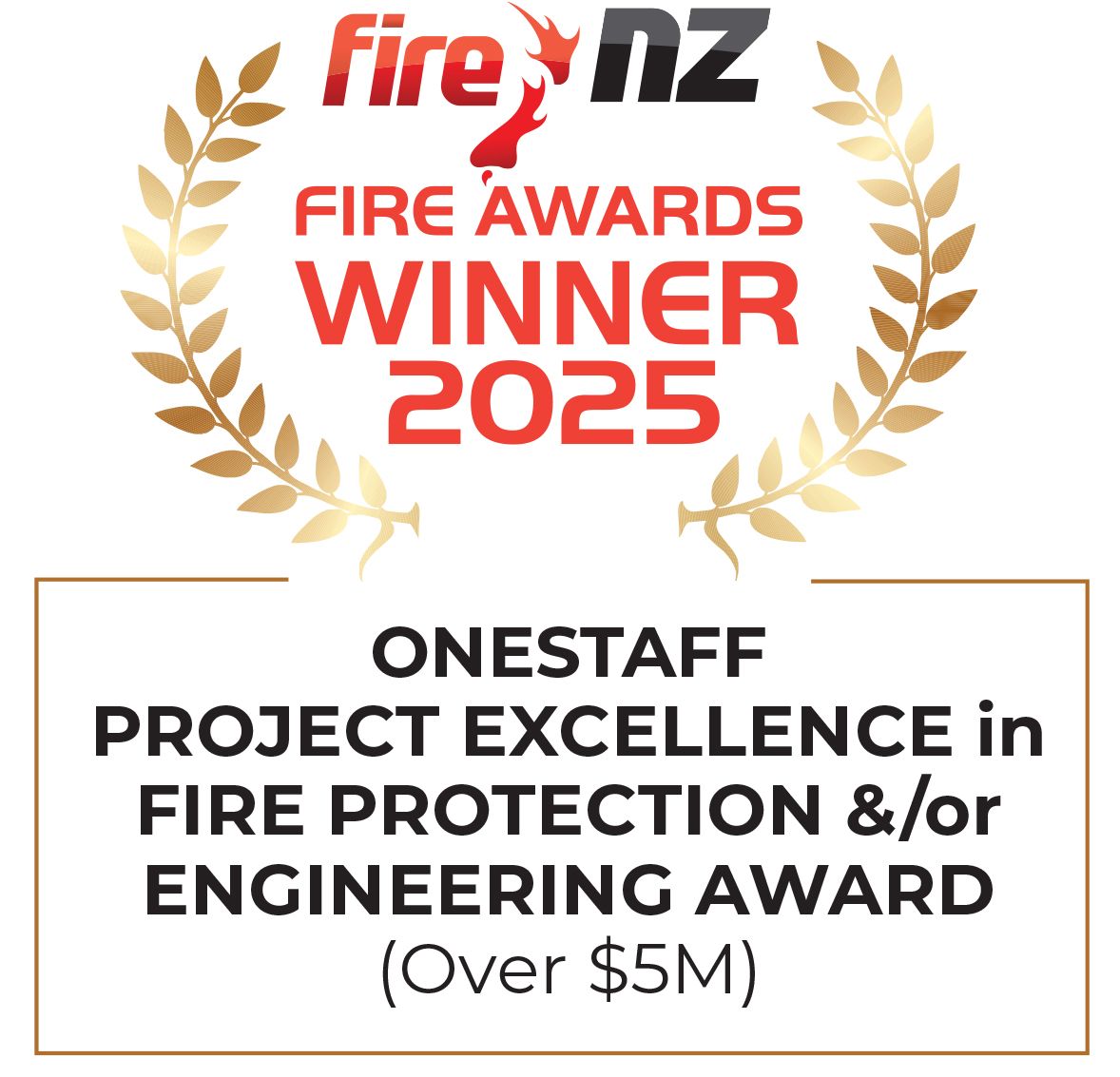Passive Fire Protection Checklist
Assessments – ask the extra questions. As most Passive Fire Protection contractors are aware AS1530.4 & AS4072.1 assessments satisfy compliance with NZBC and Acceptable solutions. However, when utilising an AS4072.1 assessment I would urge a little extra caution.
Assessments are great & they fill a needed gap in the market whereby not every single scenario can be tested or it may not be commercially viable to do so.
Too many times I’ve been given an Assessment that has a better rating or easier installation than a tested solution – This makes life very easy when specifying, installing or signing off to rely on something. However, it is possible that the assessment has made an assumption that a test wasn’t able to assume or proved a wrong assumption. Or with all respect the lab assessor may have overlooked a particular element.
This is because tested is a higher threshold than assessments.
There are entire product lines available that are more or less based on AS4072.1 assessments. This is perfectly fine under our building code – however is it actually, right?
When reading through AS4072.1 it is clear that an AS4072.1 assessment is written hand in hand with AS1530.4 tests only – however there are proposed AS4072.1 assessments written based on tests other than AS1530.4. There are even assessments based on other
assessments.
AS4072.1 is very specific on what can be assessed & what can’t – for instance you can’t assess anything larger than what has been tested, nor can you assess different separations (other than superior substrates). Yet we find assessments in the market that have assessed entire new sizes of products.
I have witnessed multiple specifications this year from consultants that appear to have taken an easy path with assessments when in fact there are better tested solutions available.
Here is a few check lists items:
- Recommend tested takes precedence over assessed when both are an option – many
consultants state this in their specs - Check if it is actually an official AS4072.1 assessment – the wording in the report will state
if it is or isn’t – other closely worded reports such as opinions do occur - Is the report valid – AS4072.1 assessments must have a validity period less than 10 years
- Has the assessment report been superseded – all assessment reports have a caveat that if any additional information becomes known, or future tests finds this assessment wrong then the assessment is not valid
- Is the assessment report silent on any critical information? For instance a test report it is very easy to see exact installation, fixings, mastics and the like – However, an assessment report may not actually state the exact fixing method or the like. Most lab technicians will confirm that often the fixing method is the critical failure point, yet there are assessment reports available that don’t state how a certain device is fixed, what embedment, what flanges, where mastic seals etc are or aren’t.
- 6Does it pass the smell test? Ask yourself this – if an assessment report is later proven to be wrong, or a test proves it
wrong or needed additional installation or product have you done a thorough effort in due diligence in checking?
Justin McEntyre
Passive Fire Protection SIG Chair 2021/2022












